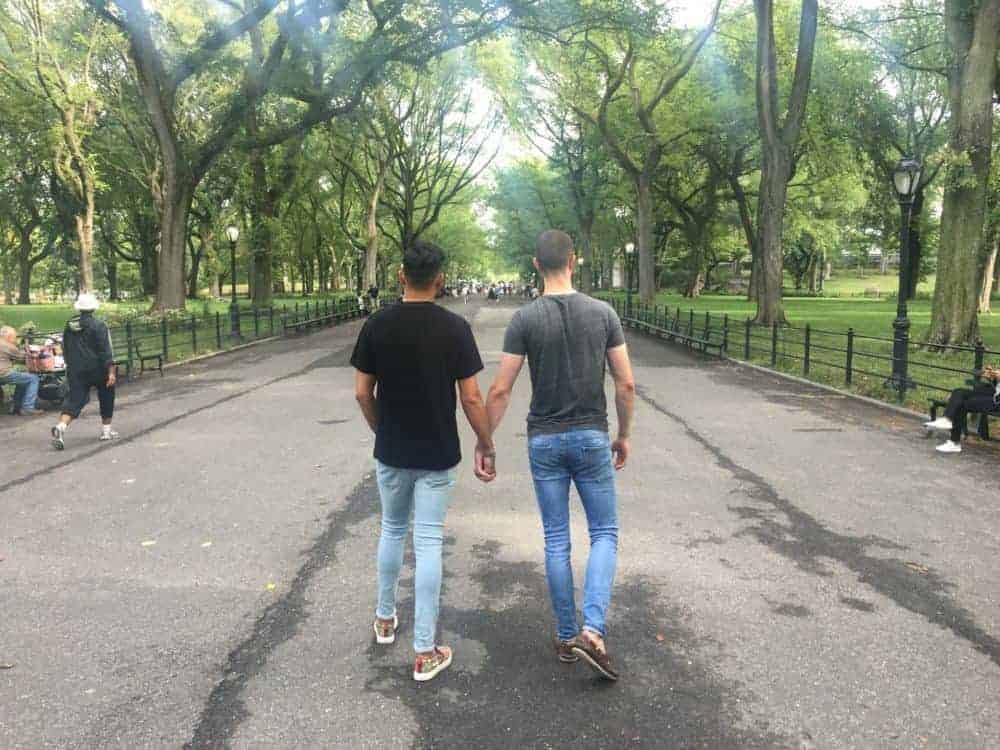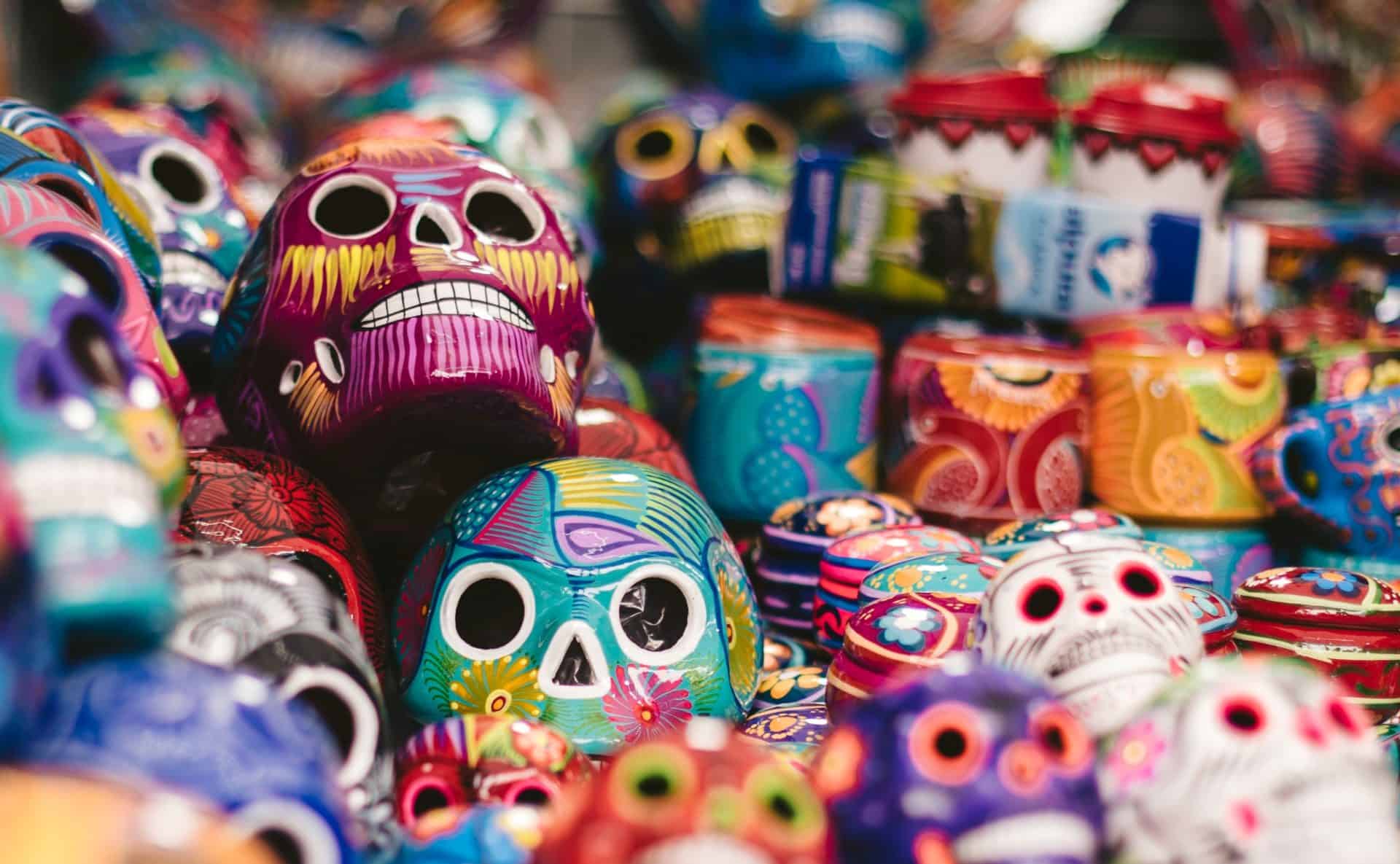
Things To Do in Mexico City
Mexico City contains multitudes
The capital of Mexico and South America’s second-largest city, Mexico City is a vibrant and action-packed melting pot of cultures, history and art. Evidence can be seen throughout the city’s streets of the countless global influences that have shaped its modern identity, from the ancient Aztec infrastructure to the colonial Spanish rule. Mexico City is also the country’s main location of industry, finance and fashion and is one of the world’s most visited cities.
Recent improvements in LGBT+ rights and a slowly increasing gay scene have made Mexico City a popular destination for gay travelers in recent years. Whilst steps are being made in the right direction, the gay community here tends to be discreet, but no less passionate.
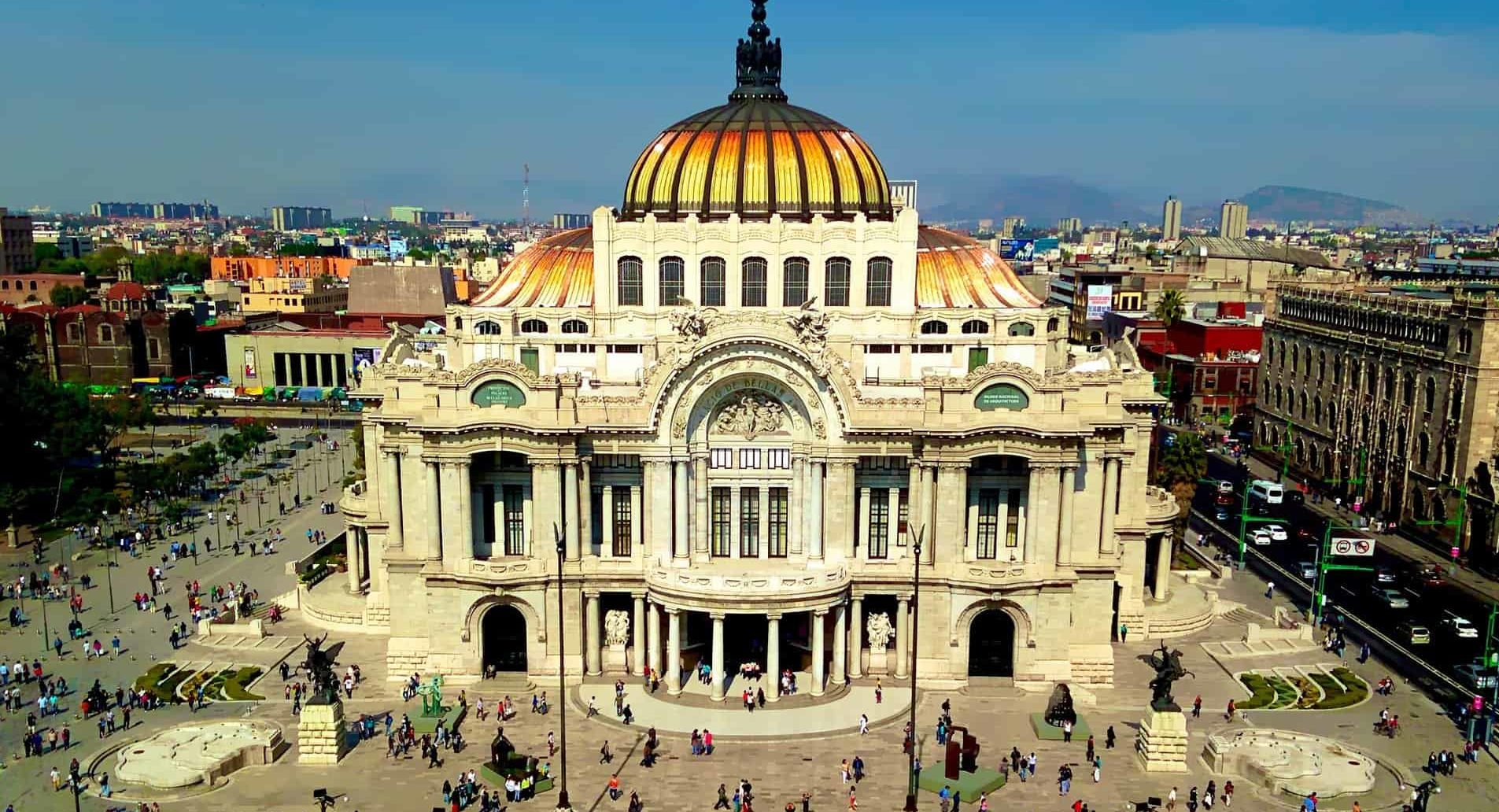
Gay bars in Mexico City
The bulk of Mexico City’s gay nightlife venues can be found in and around the Zona Rosa, a district of the city that has a large LGBT+ population and a discrete but lively gay scene. Mexico as a country is still fairly conservative, so the gay bars and clubs in Mexico City tend to operate on the more discreet side, and whilst venues aren’t hidden away, they probably won’t have rainbow flags covering their exterior.
Located in the heart of Zona Rosa and spanning three spacious floors, each level of Boy Bar has its own atmosphere and style, giving you plenty of vibes to choose from. However, the highlight of the club is the nightly performances from a range of drag queens, go-go dancers and cabaret performers. One of the only male-only venues in Mexico City, Boy Bar strictly enforces its entry policies, so once you’re in, you’re in.
Tom’s Leather Bar has been an institution in Mexico City for decades and caters towards the kinkier side of the city’s gay population. The bar is an established and beloved venue that is instantly recognisable thanks to its dungeon-like interior and industrial vibe. Tom’s features a wide range of facilities including a darkroom and TVs streaming raunchy adult films.
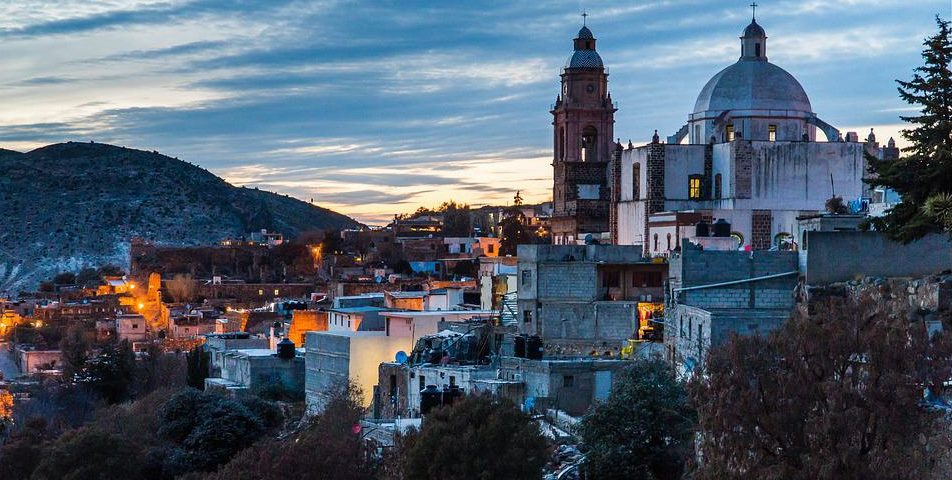
Parque México
Built in 1927, Parque Mexico is regarded as one of the city’s most beautiful, tranquil and most successful urban gardens. The park is located in Condesa, a district of Mexico City known for its preserved art deco architecture, stately mansions and hipster atmosphere. The nine-hectare park is sprinkled with fountains, play areas, sculptures and installations that can all be experienced thanks to the winding paths that gently meander around this peaceful patch of paradise.
The art deco surroundings of leafy Condesa make their way into Parque Mexico itself, with multiple design features that are typical of the style popular when they were built in the 1920s and 30s. One of the park’s main attractions is the elaborate and ornate clocktower. Constructed from steel and painted in a striking blue, the clocktower is one of the most popular art deco structures in Mexico City and is an intricate display of period design and ingenuity.
Zona Rosa
Zona Rosa means pink zone and is unsurprisingly Mexico City’s most notable gay district. The neighborhood is a hub of creativity, multiculturalism and liberation, known for its long-established Korean community and large LGBT+ population. The area is also a major tourist destination because of the dense concentration of nightlife and entertainment venues.
The focal point of Zona Rosa’s gay scene is Calle Amberes, the neighborhood’s main avenue. Amberes is home to a densely concentrated selection of gay clubs, bars and restaurants, and the patrons of these venues can often be seen spilling out onto the pavement on busy nights. Zona Rosa is symbolic of the edgier side of Mexico City and has been a hub of transgression for decades, still today there is something happening on every corner of this eclectic neighborhood.
Xochimilco
A world heritage site and a neighborhood unlike any other, Xochimilco is one of the most beautiful and fascinating parts of Mexico City. This unique district is best known for its ancient canal system that was installed by the Aztecs in the 14th century. The canals are wide and stretching, lined with luscious vegetation and remain a vital part of the local economy. Originally used for moving goods to and from settlements and farms, today Xochimilco is a popular tourist location.
The wide waterways of the neighborhood are now occupied by Trajinera- traditional Mexican watercraft that feature flat bottoms and are simple in their construction. Today the Trajinera are used mainly by cruising companies who will take you up and down the canals for a fee. This is a great way to experience the neighborhood as the banks of the canal and the waterside foliage is brimming with wildlife and nature.
Catedral Metropolitana
Few images are as instantly symbolic of Mexico City as the Catedral Metropolitana, the largest cathedral in South America and a 300-year construction project. One of the most significant and important locations in the whole of Mexico, the cathedral is massive, measuring at 109 meters long and 59 meters wide. Much of the interior carving and art has been carried out on gold, creating a true ark of opulence and power.
Construction started in 1573 and continued throughout the entire Colonial period. Upon entering the Catedral Metropolitana, the most instantly recognisable feature is the beautiful and gold gilded altar. There is often a line of worshippers at the foot of this elaborate feature and visitors are welcome to do so when mass is not occurring.
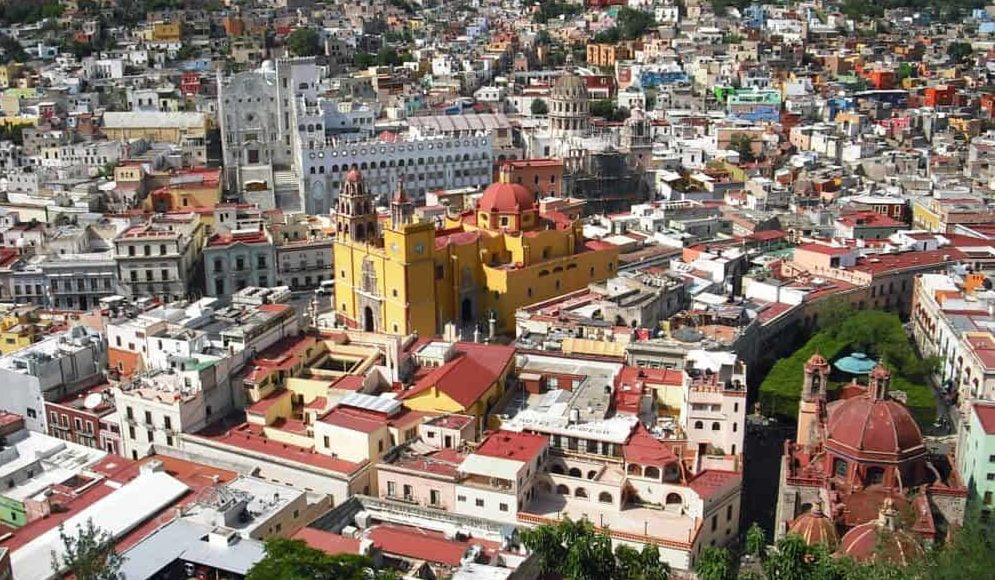
Coyoacán
For decades the leafy streets of Coyoacan have been a bastion of counterculture and creativity, providing shelter to some of history’s most influential artists and fostering a spirit of rebellion and revolution. Some of the most famous individuals to grace Coyoacan include Diego Rivera, Frida Kahlo and Leon Trotsky, all three of whom now have museums at the sites of their homes in the district. The area remained independent well into the 20th century before being fused with the rest of Mexico City.
Today the neighborhood is a peaceful and quiet spot in the city, despite being one of the most visited. The streets are populated with small cafes, bookstores, museums and markets, and there are also a few particularly notable institutions, including the Museo de Frida Kahlo and the Los Coyotes Zoo.
Dia de los Muertos
Every year from October to November, people all across Mexico celebrate the ancient traditions of Dias de los Muertos- Day of the Dead. The festival involves families creating a series of shrines and tributes, reciting poetry and short stories and walking in carnivals as part of traditions that can be linked to summoning dead loved ones and remembering their lives. The public demonstrations of Dias de los Muertos tend to be loud, colorful and energetic.
Since 2016, Mexico City has held annual Day of the Dead parades, involving live music, large danc troupes, colorful costumes and impressive floats. The event is consistently popular, attracting over 250,000 people a year. During the festival period, a range of events and celebrations can be found throughout Mexico City and shouldn’t be missed.
Museo Soumaya
Rising from the ground, Museo Soumaya is a vast sliver apparition of geometric design. The museum is named after the founder’s wife and is one of the most striking silhouettes on Mexico City’s skyline. Contrasting much of the nearby architecture, Museo Soumaya is home to over 66,000 works in the permanent collection and chronicles thirty centuries of art, culture and history.
Often regarded as having one of the world’s finest collections of works by the western master painters of the 20th century, Museo Soumaya is Mexico’s most popular and well-attended museum. Dedicated to showcasing the talents of the country’s best painters and sculptors, the museum also has a vast collection of Mexican artists including Diego Rivera and Rufino Tamayo.
Join the Travel Gay Newsletter
More Gay Travel News, Interviews and Features
The Best Tours In Mexico City
Browse a selection of tours in Mexico City from our partners with free cancellation 24 hours before your tour starts.


